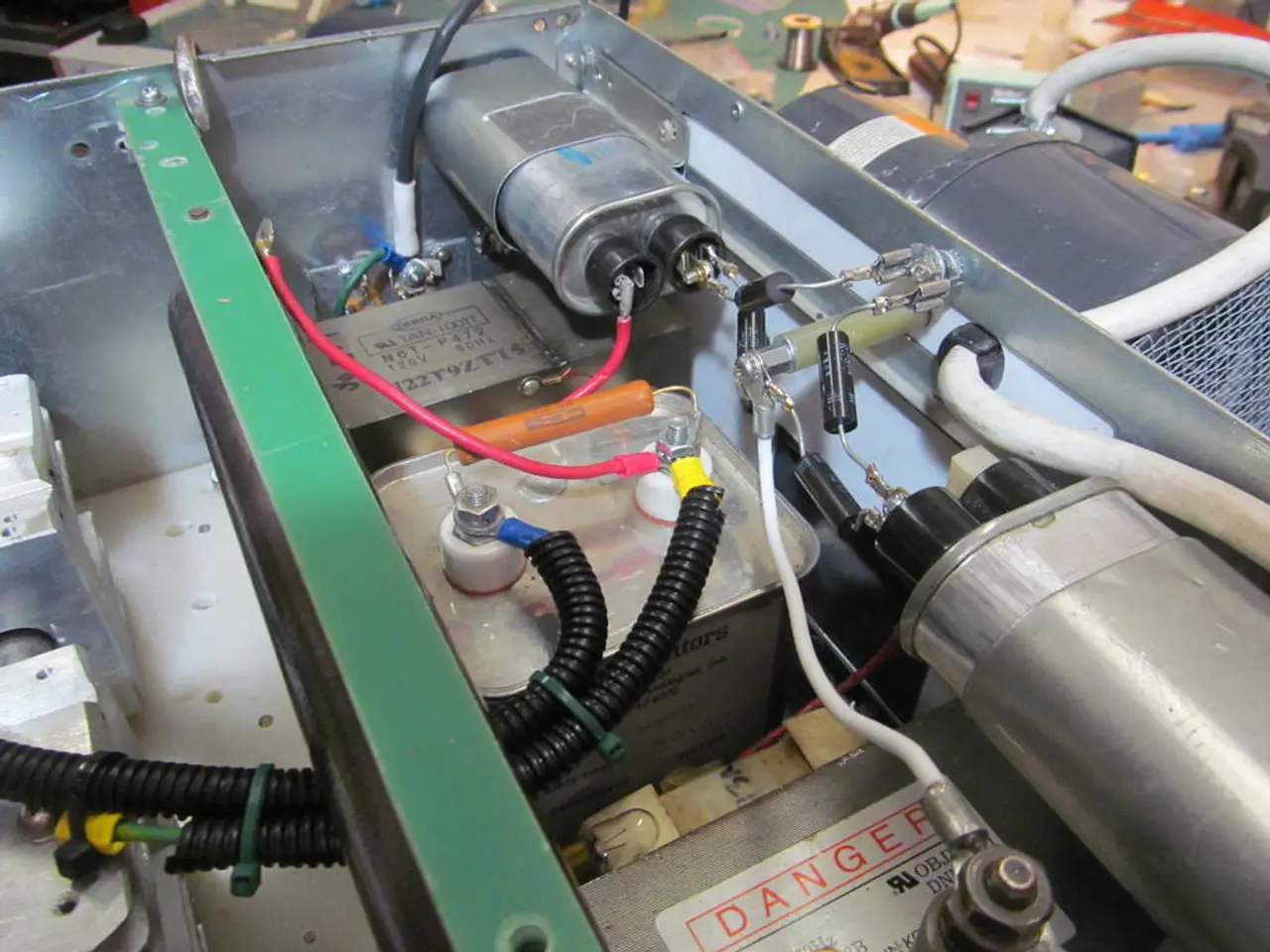User Experience Fundamentals and Entrepreneurial Approach - Prototyping Strategies - Wireframe Designs
In the world of user experience (UX) design, wireframes play a crucial role in shaping digital products. These skeletal representations of a website or application provide a foundation for developers and designers to build upon. Two common types of wireframes are low-fidelity and high-fidelity wireframes, each serving unique purposes in the design process.
Low-Fidelity Wireframes
Low-fidelity wireframes are basic, quick sketches or simple digital layouts focusing on overall structure, layout, and content placement without detailed visuals or pixel accuracy. They use placeholders like grey boxes or filler text to represent images and content. Their advantages include fast creation, ease of iteration, and encouraging honest user feedback since they clearly signal an early-stage concept. However, they provide limited interaction detail and do not validate usability thoroughly.
Low-fidelity wireframes are useful for developing information architecture and process flow. They are typically created on a computer and can be easily modified to explore different ideas and concepts. These wireframes are more flexible and quick to create, making them ideal for the early stages of design when ideas are still being explored and refined.
High-Fidelity Wireframes
High-fidelity wireframes offer detailed, pixel-perfect representations of a design, including actual images, precise content, and visual details. They are useful for communicating complex features, like interactive menus or maps, and help document intricate design elements clearly. These wireframes are more time-consuming to create but reduce ambiguity and prepare the project for further development stages such as prototyping or UI design.
Users can interact with high-fidelity wireframes by clicking buttons and links, providing a more realistic representation of the final product. High-fidelity wireframes are closer to a prototype and have an automated process flow. They offer a last opportunity to iron out major issues before committing significant development resources. However, they are more rigid and costly to change after approval, making it essential to ensure they are as accurate and detailed as possible.
Key Differences and Advantages
| Aspect | Low-Fidelity Wireframes | High-Fidelity Wireframes | |--------------------------|------------------------------------------------|-----------------------------------------------| | Detail Level | Basic layout, rough sketches | Pixel-specific, detailed visuals and content | | Speed of Creation | Very fast, suitable for early ideation | Slower, used for detailed design phase | | User Feedback | Encourages open, honest feedback due to roughness| Harder to change but more precise feedback on visual elements| | Interaction & Usability | Limited interaction simulation | Can clarify complex interactive elements | | Purpose | Exploring ideas, brainstorming, validating concepts| Finalizing design details, preparing for development| | Flexibility | Easy to iterate and modify | More rigid, costly to change after approval |
Using both types strategically helps UX designers first explore broad concepts rapidly and later refine details for development and stakeholder approval. It is recommended to use high-fidelity wireframes when nearly ready to prototype the final product. High-fidelity wireframes are more detailed and solid than sketches, but they do not typically include graphic design elements, focusing more on functionality and user experience.
When it comes to testing, low-fidelity wireframe testing can involve a lot of paperwork and may require careful management. On the other hand, high-fidelity wireframes can be tested using analytics software to record user approach, eliminating the need for extensive notes. Hi-fidelity wireframes are also closer to a prototype and have an automated process flow, making them more suitable for user testing.
In conclusion, both low-fidelity and high-fidelity wireframes serve essential purposes in the UX design process. By understanding their differences and advantages, designers can make informed decisions about when to use each type, ensuring they create the best possible digital products for their users.
[1] UX Collective. (2021). A Comprehensive Guide to Wireframing. [online] Available at: https://uxdesign.cc/a-comprehensive-guide-to-wireframing-9f8773c0085c
[2] Whitney, J. (2019). The Importance of Wireframes in UX Design. [online] Available at: https://www.uxbooth.com/articles/the-importance-of-wireframes-in-ux-design/
[3] Nielsen Norman Group. (2021). What Are Wireframes? [online] Available at: https://www.nngroup.com/articles/what-are-wireframes/
[4] Smashing Magazine. (2021). Wireframing 101: A Beginner's Guide. [online] Available at: https://www.smashingmagazine.com/2011/04/wireframing-101-a-beginners-guide/
[5] UX Design. (2021). What is Wireframing? [online] Available at: https://www.uxdesign.cc/what-is-wireframing-7c0780a24d9e
Low-fidelity wireframes not only help in developing information architecture and process flow but also serve as a foundation for UI design, as they provide a quick and flexible means of exploring ideas and brainstorming concepts. On the other hand, high-fidelity wireframes, with their detailed visuals and content, are essential for technology implementation as they offer a more accurate representation of complex features and interactive elements, preparing the project for production.




